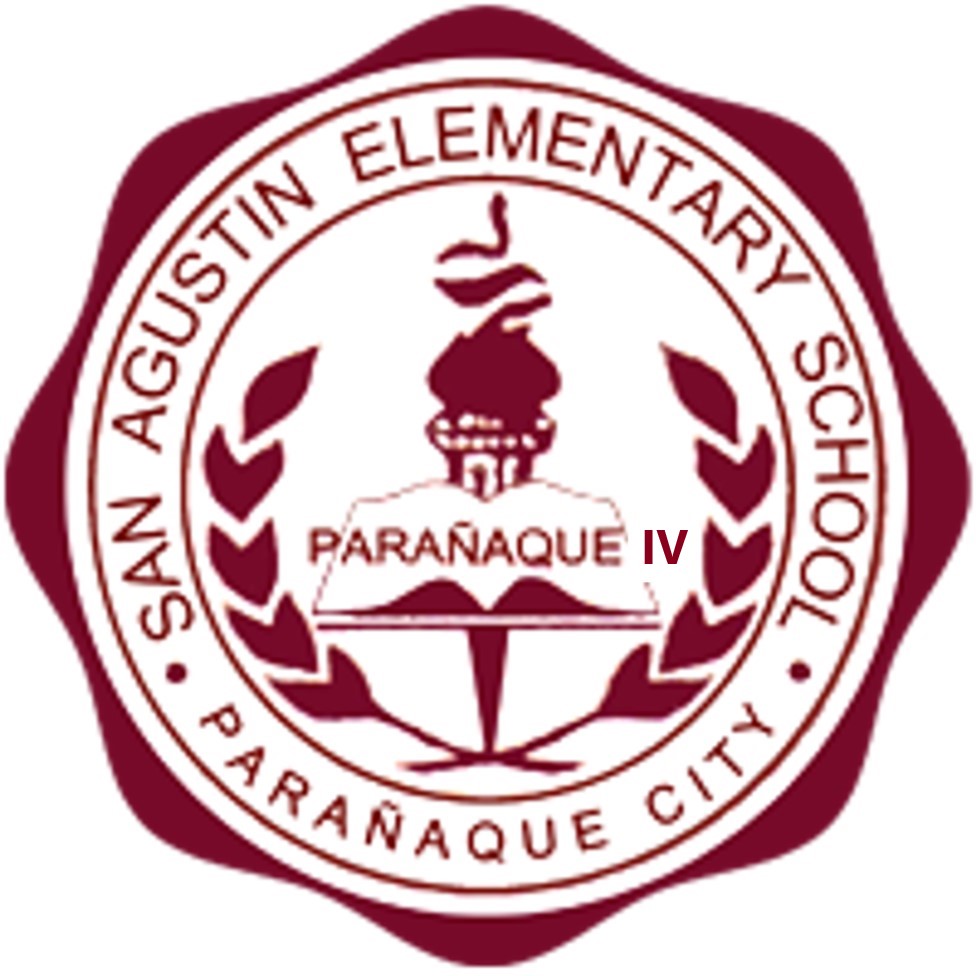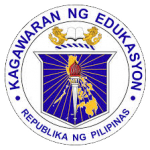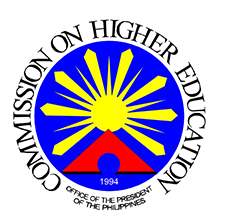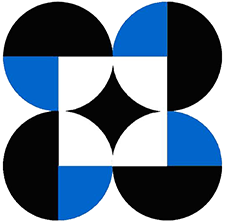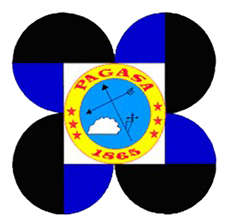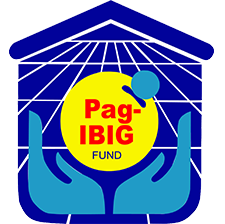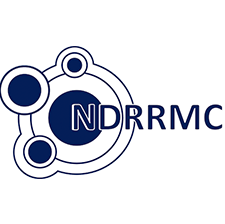
2000 is the year when the door of opportunity of special education program in San Agustin Elementary School was opened for all children with special needs and it was under the administration of Dr. Felicitas Dela Cruz. With limited equipment and facilities, a total of 18 children special needs were provided of relevant and responsive special education programs through the initiative and effort of Mrs. Ma. Ana T. Alonzo, a special education teacher. She handled different disabilities/impairments on intellectual, emotional, and even autism.
As the year passed by, awareness and advocacy campaign of school, government, media and other stakeholder had a drastic effect on the enrolment rate of children with special needs of the school. A year later, due to this scenario, Mr. Randy C. Papa emerged and worked as a teacher for children with hearing impairment.
From a typical and simple special education classroom of previous years, currently, the San Agustin Special Education Classroom has an edge to be the 21st Century Classroom because of different provision of facilities and equipment for children with special needs, of course, through the utmost cooperation and support of different stakeholders. There is a complete set of kitchen utensils and equipment, manipulative learning materials, flat screen TV, digital learning materials, bathroom facilities, wood flanks on the floor, cell division for different learners, refrigerator, and air conditioned. Likewise, special education teachers are well equipped and trained in their professional growth and information and communication technology (ICT) and have been continuously improving their capabilities and skills by attending semi-annual trainings.
These developments and advancement of the classroom have helped in the learning progress of children with disabilities. Now, the school is providing program and services which are relevant and responsive to the needs of 59 learners with full participation of their parents, NGO, LGU, and other stakeholders. The school is envisioning soon as a recognized special education center in the barangay Moonwalk of Paranaque City to better serve its learners.
VISION
Full participation and involvement of children with disabilities in the growth and progress of the community as productive and functional citizen through effective and efficient schools’ special education programs.
MISSION
To effectively address/provide a meaningful, accessible and quality education for all children with special needs, in order, to enhance and maximize every child’s potential so that they can meaningfully participate in the world of challenging society.
OBJECTIVES:
The San Agustin Special Education Program and Services strive to provide program and services relevant and responsive to the learners with special needs. Through effective teaching learning strategies on the enhancement and maximization of child’s potential in changing community, the following objectives are hoped to achieve:
1. Enjoin in the promotion, implementation, and protection to quality and accessible education for every child with special needs.
2. Motivate children with special needs towards building a self-esteem and self-confidence as their armament in the different social transformation issues.
3. Try to create and design a sequential educational program based on the chronological age of learners to enhance and maximize every child’s potential.
4. Avenue for parents, teachers and other stakeholders of learning on how to effectively handle, support, and protect the rights of their child with special needs.
PROGRAM AND SERVICES
A school’s special education program is dedicated to supporting the educational needs of learners with disability to access, participate and achieve at school. Program specialization is available in the following disability areas:
1. Intellectual Disability
2. Learning Disability
3. Children with Autism
4. Hearing Impairment
5. Attention Deficit Hyperactivity Disorder.
To augment the special education programs learners across a range of ages, the San Agustin Elementary Schools provided these program and services for the children with special needs, are enumerated below:
1. Education Adjustment Program (EAP)
It is a process for identifying and responding to the educational needs of learner with disabilities who require significant education adjustments related to the specific impairment areas of Autism Spectrum Disorder, Hearing Impairment, Intellectual Disability, and Physical Impairment. This was created to understand and meet their obligations to make reasonable adjustments for students with disability; identify students (from Prep-Grade 6) who meet criteria for the EAP categories; and report the significant education adjustments that are currently in place to address the educational needs of these students.
l Pre-School Program
This program is given to developing learning readiness on behavior, language development, numeracy, fine motor skills, gross motor skills, self-help skills and social skills through group session.
l Early Primary Program for Learners with Hearing Impairment
Improving age-appropriate academic achievement though group session considered as the main concern of the program by providing adjusted curriculum on general education subject. This program is a prerequisite to be placed in mainstreaming program under certain conditions.
l Early Primary Program for Learners with Intellectual Disability
The program focuses on improving adaptive skills and functional academics. Learners who are able to pass this program would possibly be placed in mainstreaming program or vocational program.
2. Behaviour Modification Program
It address to the learners with atypical behaviour which are main factors that impede the maximization of learner’s potentials in behaviour, communication, motor skills, social skills and learning readiness skills. These include positive reinforcement, reward system, and applied behaviour analysis.
3. Reasonable Adjustment Program (RAP)
The creation of Reasonable Adjustment Program (RAP) develops in consultation with the learners, their parents, and relevant school staff. It applies to all type of learning, including learning at school, and on excursions and camps. It is an individual to the learner, flexible to take in the changes in needs over time, and agreed, through balancing the interests of all parties. It is developed to support a learner to participate on the same basis as other students, take into account the learner’s learning needs, and balance the interest, including safety of all concerned (learners and staff).
Reasonable adjustments include a range of strategies. Adjustments reflect the identified individual needs of the learner, and assist the learner to access and participate in the class program. Teachers can provide instructional and/or access adjustments. Instructional adjustments are those that change how a student is taught, or may change the content of the program. but not exhaustive list of instructional adjustments that may be used by a teacher. On the other hand, Access adjustments include those that change the way a student accesses the program but does not change the content of the program.
l Mainstreaming Program
It is designed to facilitate access to the general curriculum for learners with special needs cope in regular classes. Instructional schemes such as resource class and shadow teaching are provided. It is believe that mainstreaming can improve higher academic achievement, higher self-esteem, and better social skills. It opens the lines of communication between those learners with special needs ad their peers and creates an atmosphere of understanding and tolerance that better prepares leaners of all abilities to function in the world beyond school.
l Inclusion Program
It is designed for learners with special needs to meet individualized education program (EIP) goal, improve communication and social skills, increase positive peer interactions, many educational outcomes, and post school adjustments.
l Head Start Program
It is offer to gifted learners who meet the minimum school requirements to enhance their cognitive, social, and emotional development. It provides learning environment that supports children growth of the domains, such as, language and literacy, numeral literacy, cognition and general knowledge, physical development and health, information and communication fluency, and social and emotional development.
l Pre-Vocational
It has been developed to increase employment and entrepreneurial opportunities for learners by teaching them necessary job skills. It is a meaningful work experience for children with special needs to provide basic job skills. Applied Behavior and Analysis-Discrete Trial Training (DTT), Visually Supported, Scaffolding teaching methods are utilized across three pre-vocational domains: food preparation and preservation, housekeeping and handicraft.
l Vocational Transition Program
It is designed as readiness for possible employment or livelihood for learners with special needs that focuses on the development of work skills, functional academics and daily living skills in a life sharing community setting. Applied Behavior and Analysis-Discrete Trial Training (DTT), Visually Supported, Scaffolding teaching methods are utilized across three vocational domains: food preparation and preservation, housekeeping and handicraft.
For the home life skills focus on the daily tasks such as cooking, baking, cleaning, laundry, grocery shopping, table setting, recycling, and dishwashing. These skills are crucial for our students as they transition to adult life, providing a tangible experience of maturity and independence.
For food preparation and preservation, learners are trained and developed on the pastillas candy, jam making, and juice concentrate making.
For handicraft, learners are trained to produce earing, neck lace, bracelet, and other accessories made of beads.
4. OTHER PROGRAM/SERVICES
l Consultative Program
The aim of the program is to support school staff and parents in enabling students with disability to access and participate in the curriculum; provide assistance resolving personal, social or emotional problems of the parents with inhibition of acceptance about the condition of their children; provide well detailed information on the determination of the nature of a learner’s learning disabilities, or developmental levels; provide assistance in implementing recommendations made from health practitioners.
l Responsive Training Program for Parent
It is given to the parents who happen to have a child with special needs to facilitate behaviour management and other developmental issues by providing different techniques and strategies in handling learners with disabilities.
San Agustin Elementary School Special Education Program provides tested integrated program for the gifted and children with special needs. The small size and beautiful setting provide a socially and emotionally rich environment for learning. The school offers the following school activities, such as:
· free play
· gardening
· seasonal activities and festivals
· music and singing
· experiential learning
· outside play
· drawing
· circle time
· watercolour painting
· fairy tale or puppet show
· visiting museum
· visual arts
· and snack preparation.
The school education program services lead by the teachers with extraordinary skills on handling and managing children with special needs. These teachers are taking a central role in the education team in curriculum planning; teaching gifted children and with special needs; monitoring the progress, performance and behaviour of children; giving advice and guidance to regular teachers and support staff; coordinating and managing the resources of the specialized program; networking for the other special services and assisting in leading, coordinating the maintenance, review and implementation of curriculum frameworks and assessment and reporting in their school.
Our school’s commitment is to adhere and provide with supplementary aids and services necessary to achieve educational goals. This come the least restricted environment for the gifted children and with special needs to facilitate teaching-learning process. The school utilizes its own different facilities as a laboratory for their experiential learning, such as, Math and Science Park, ICT Room, Feeding Room, Gulayan sa Paaralan, e-Library, Covered Court Golezeum and Canteen.
